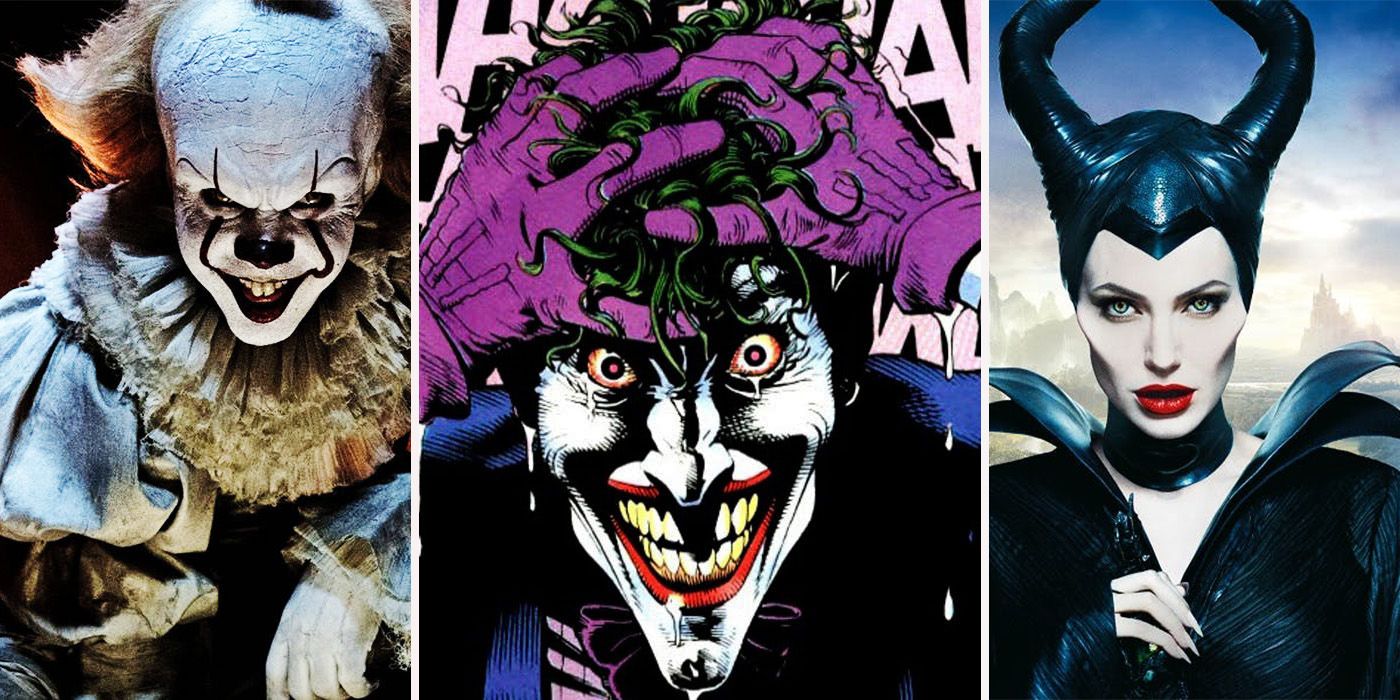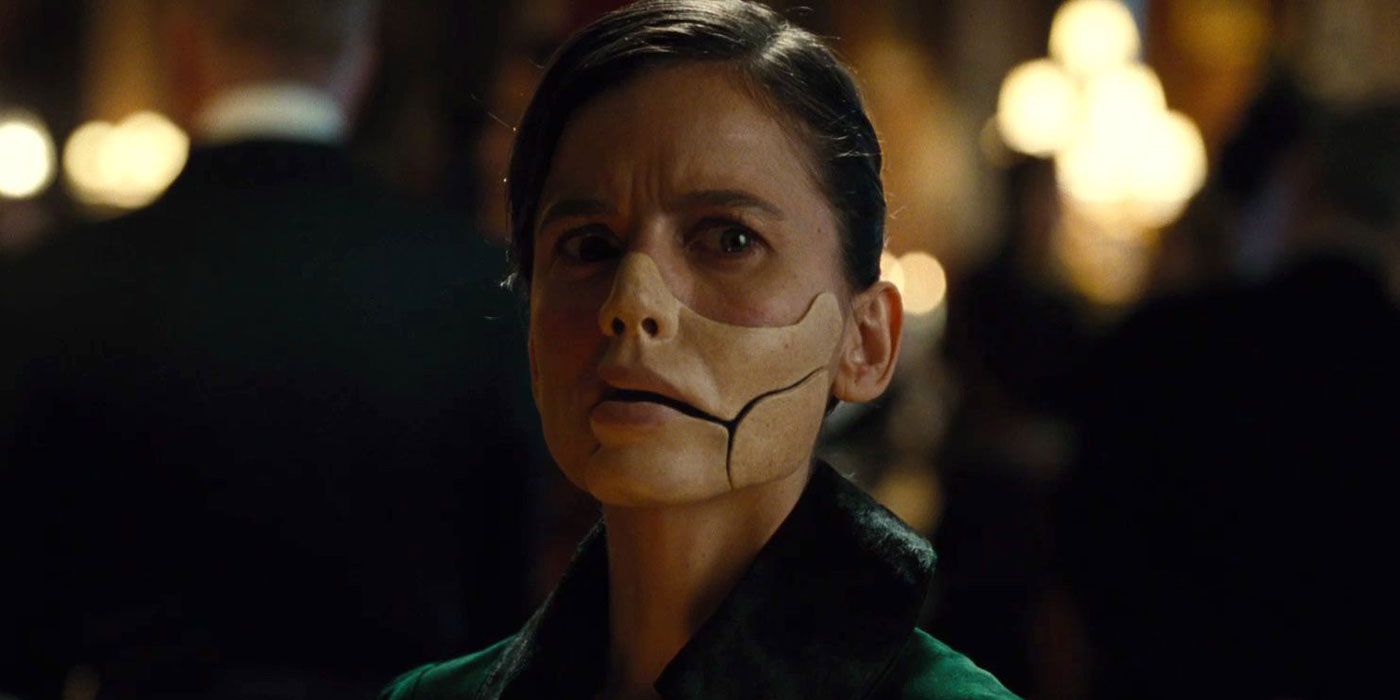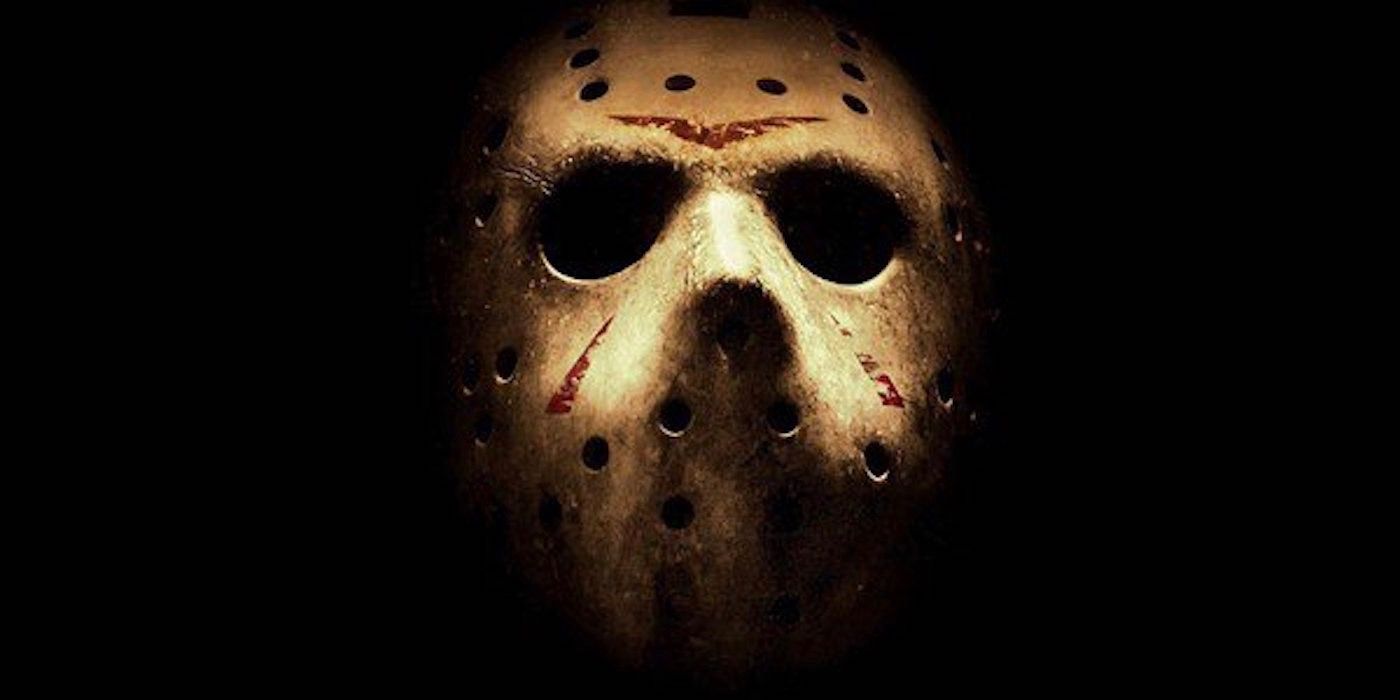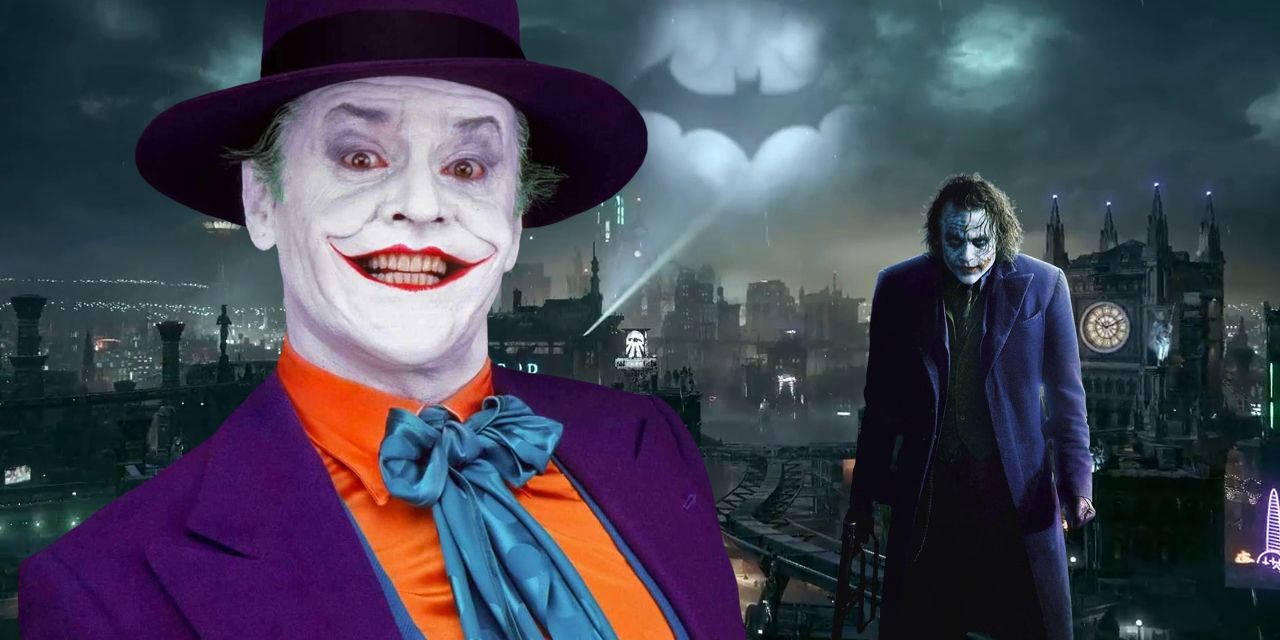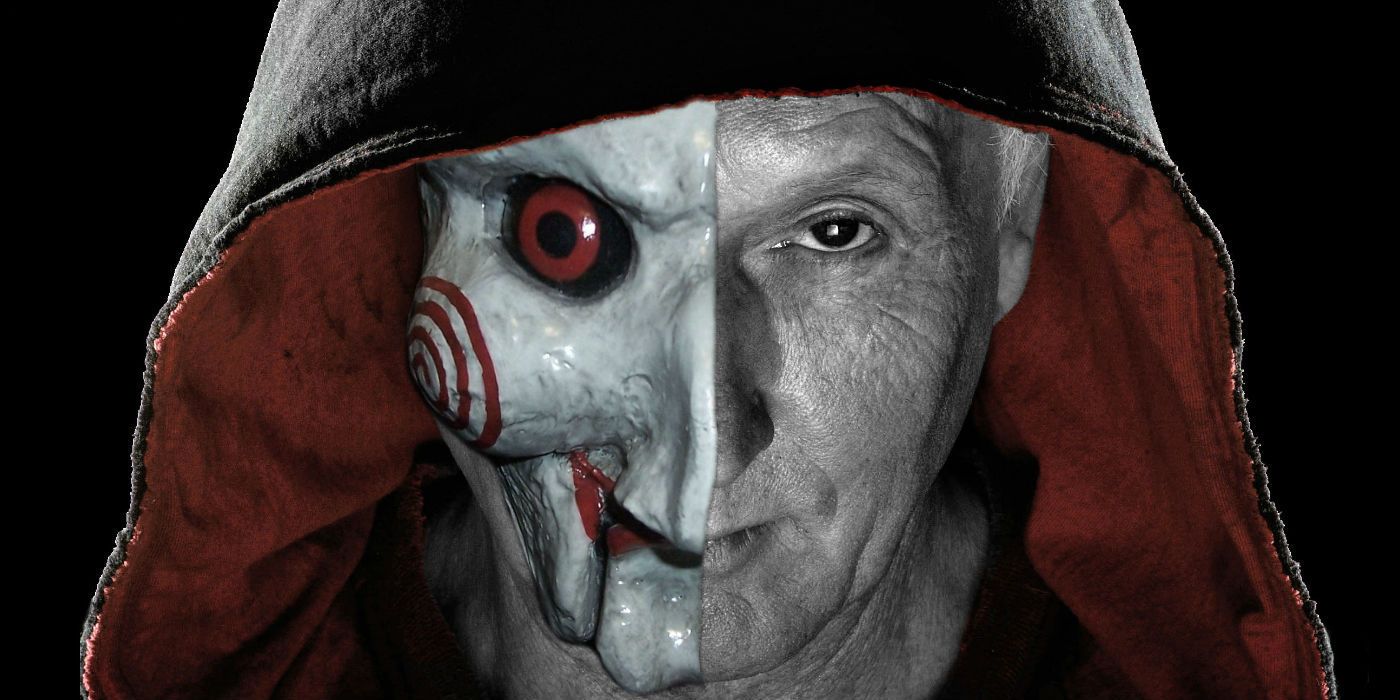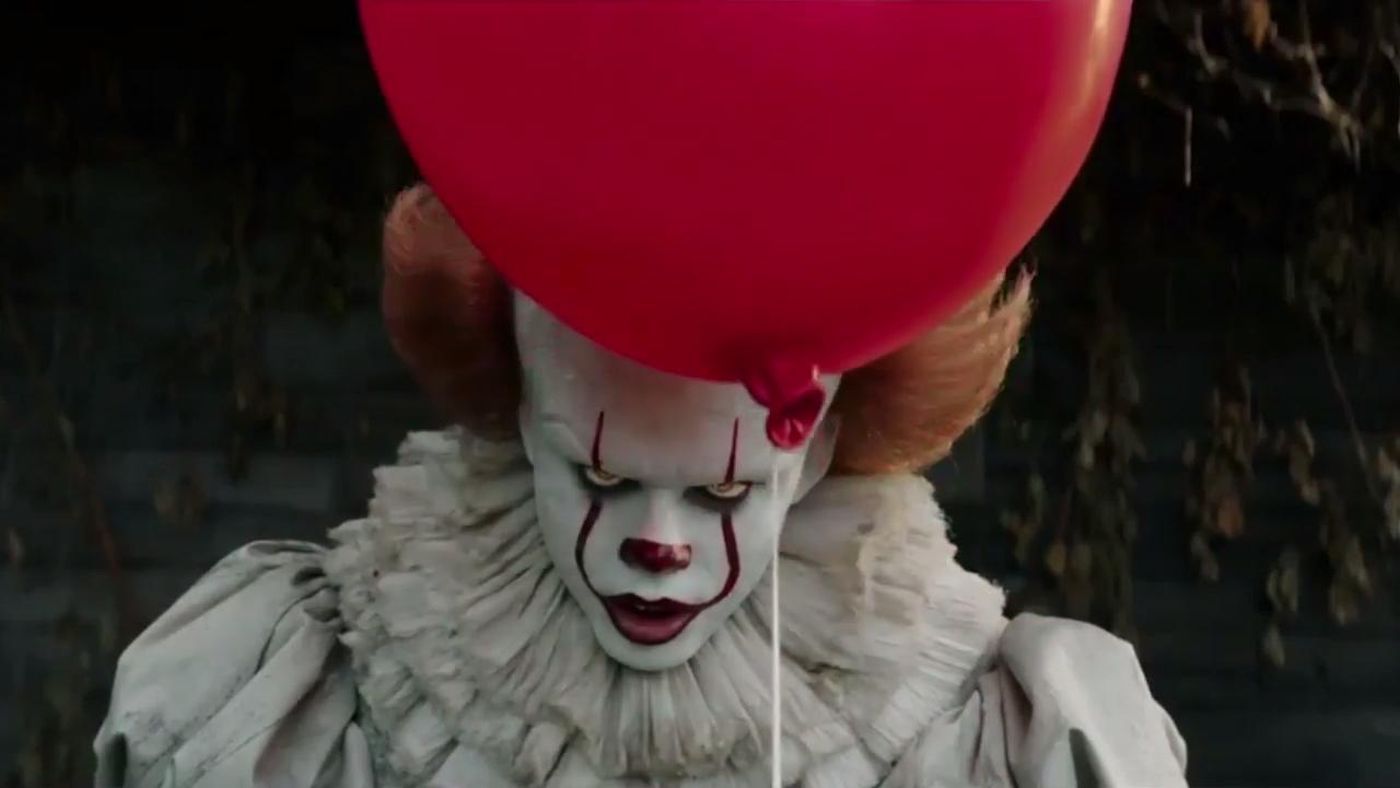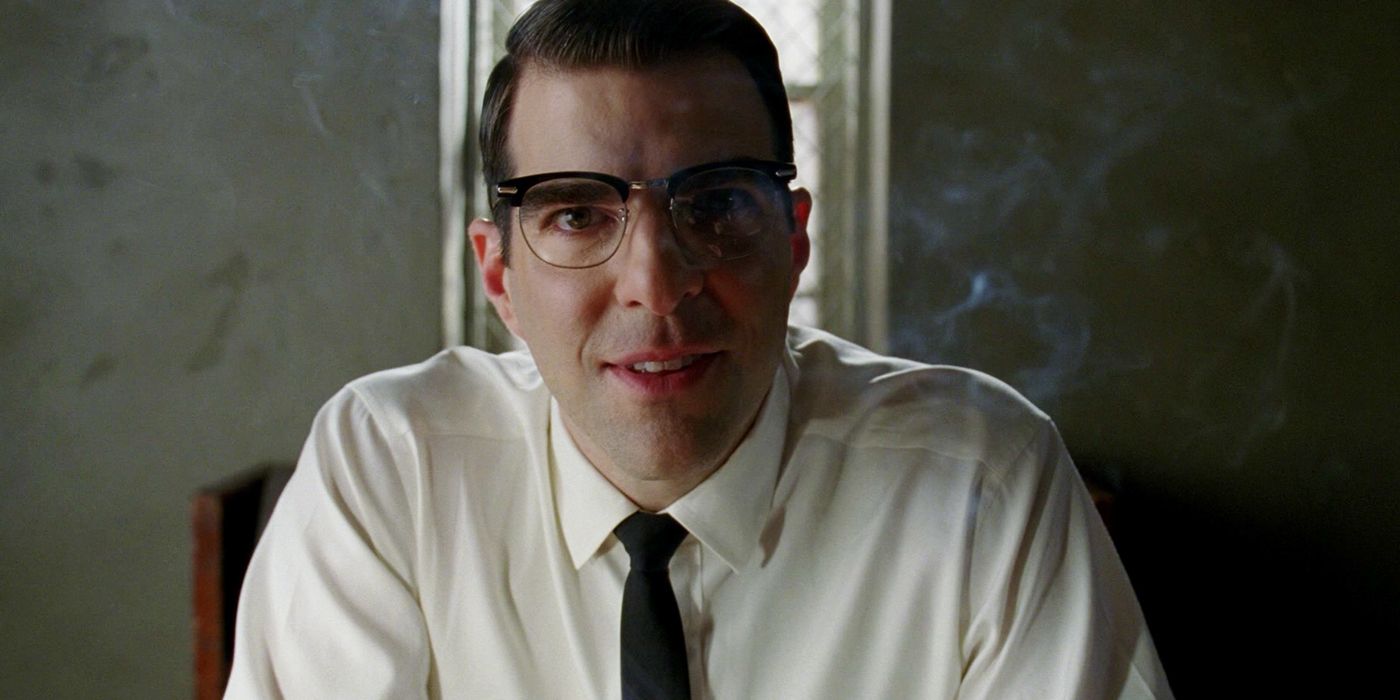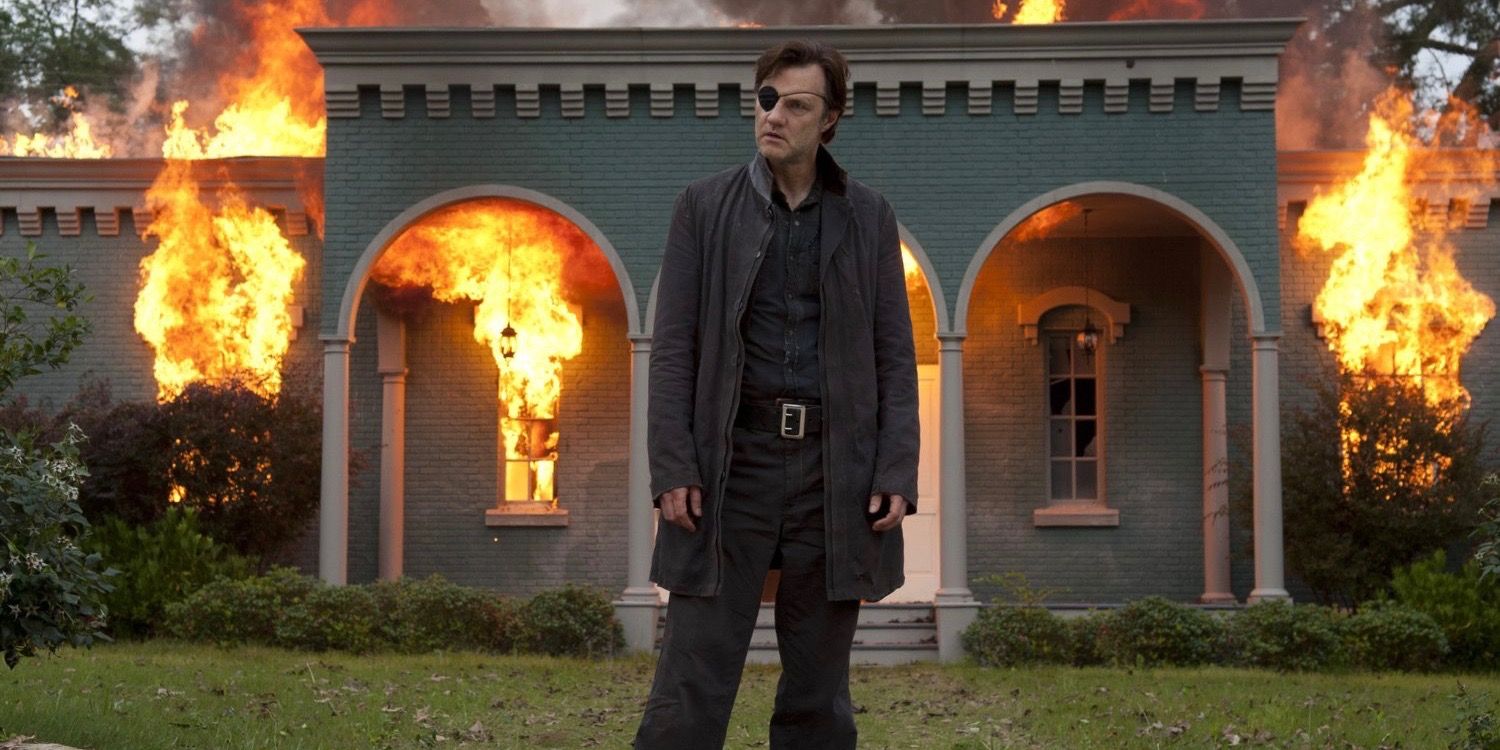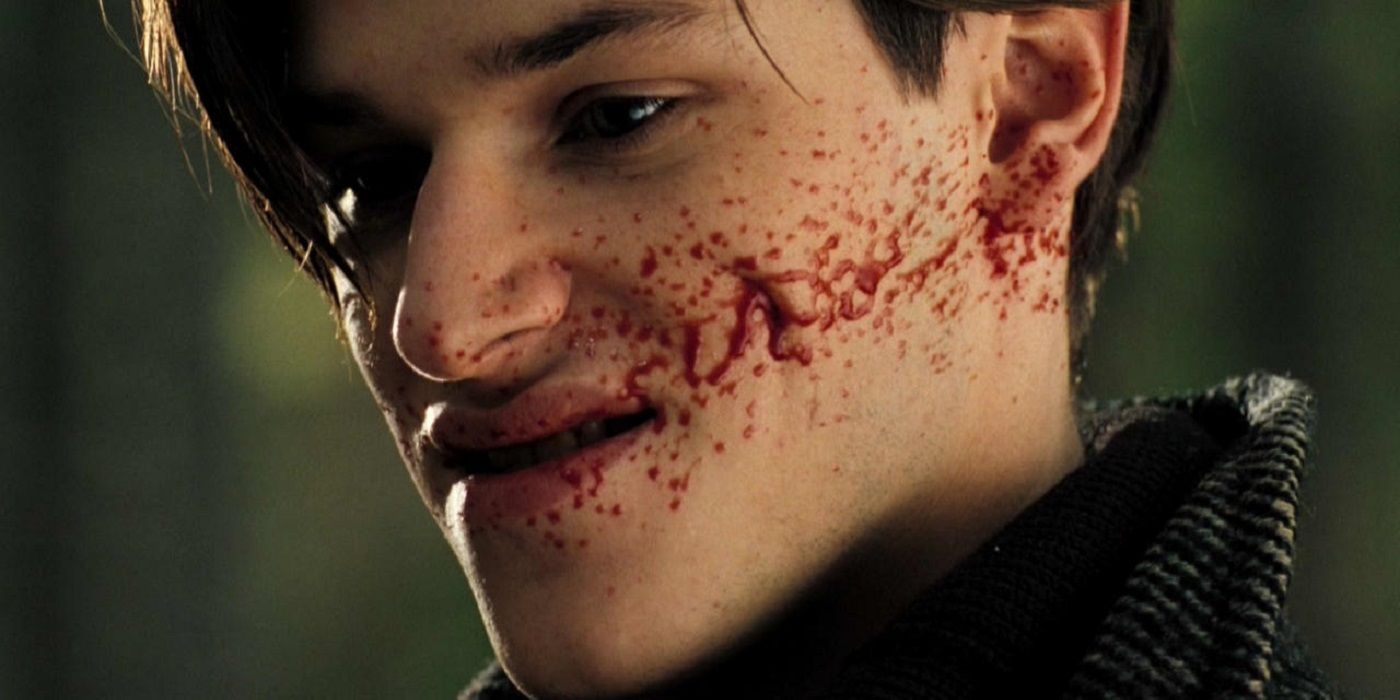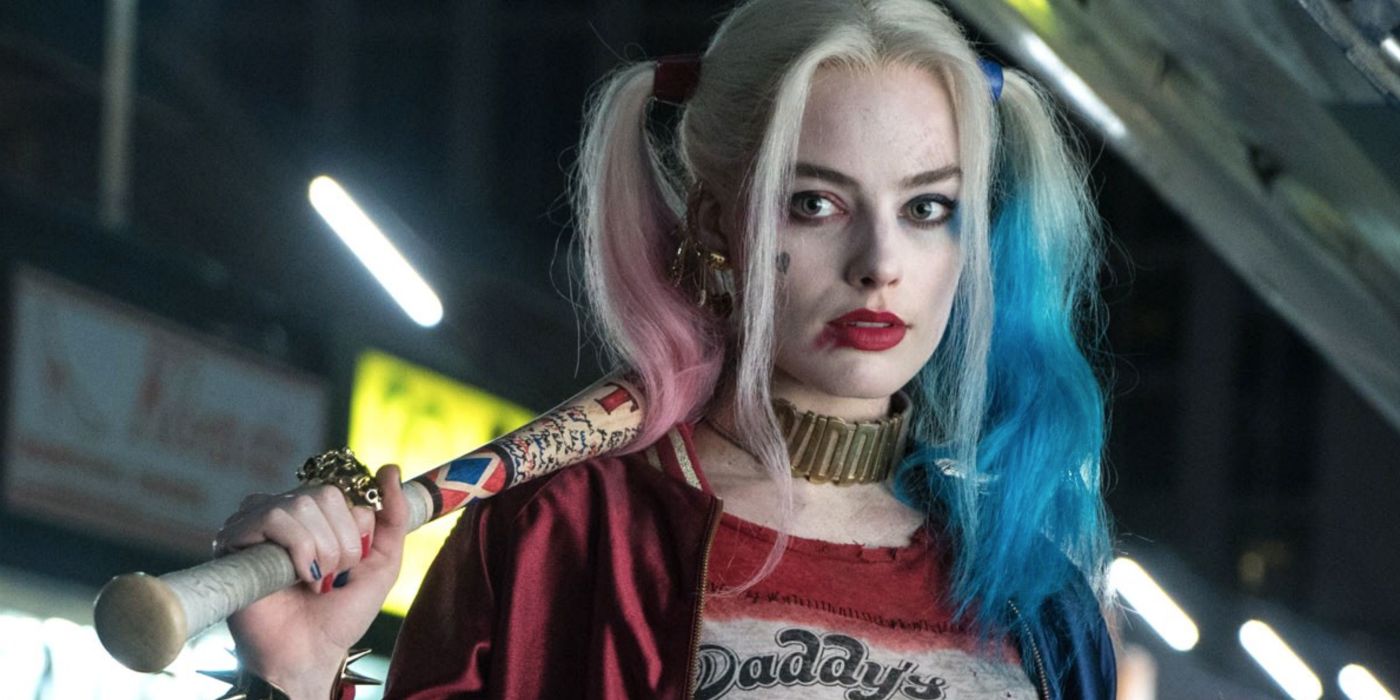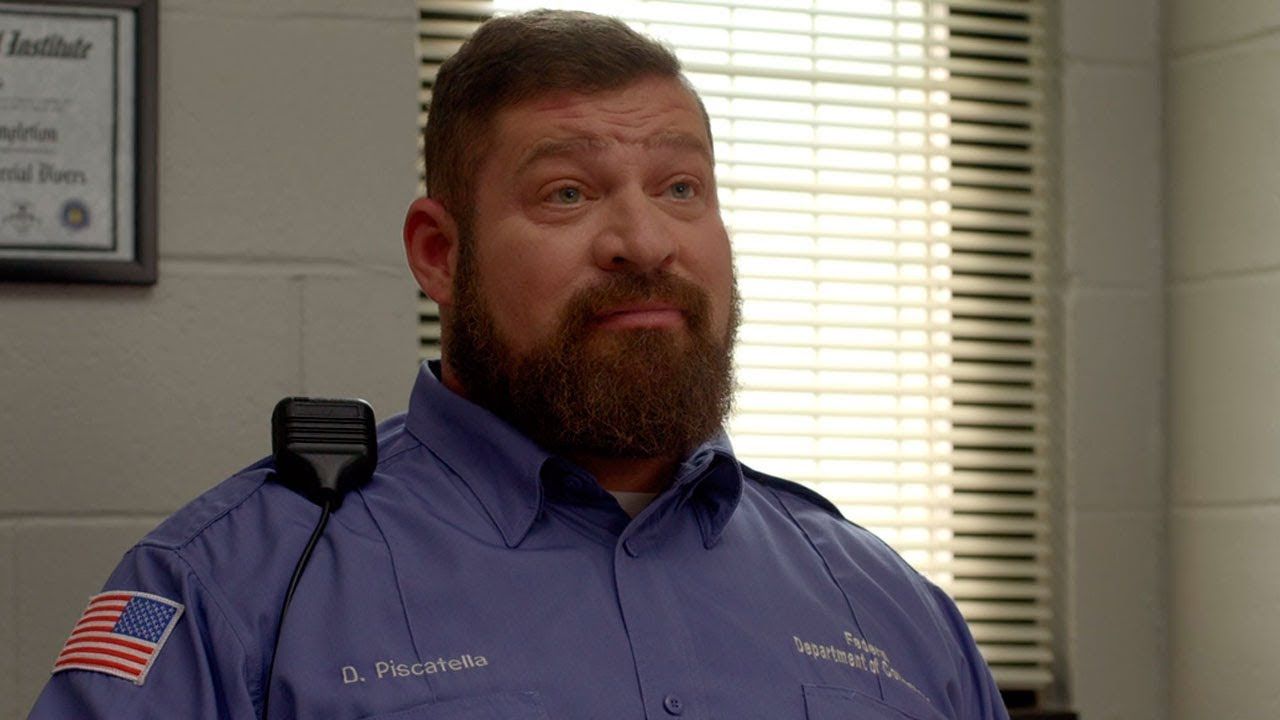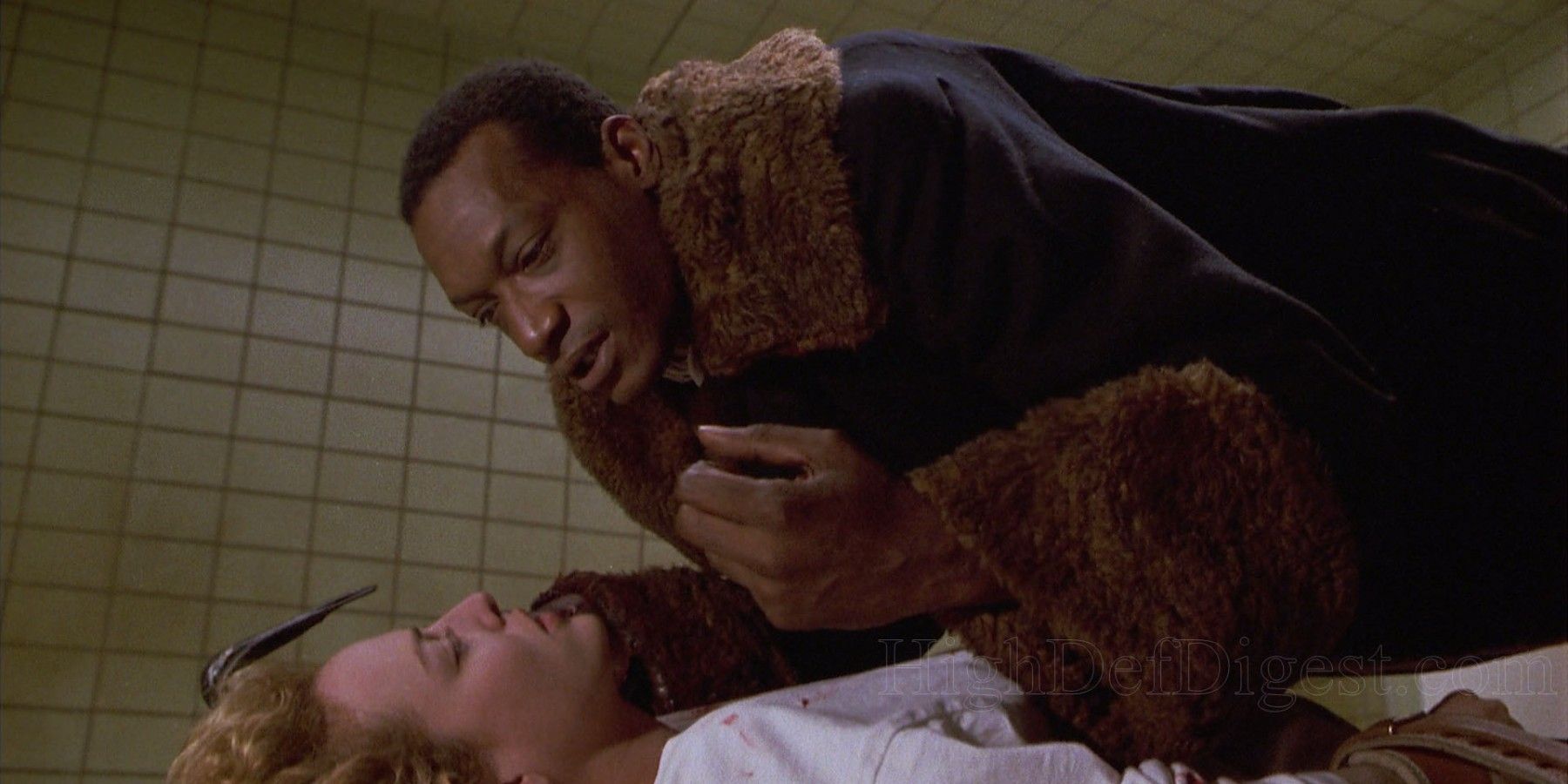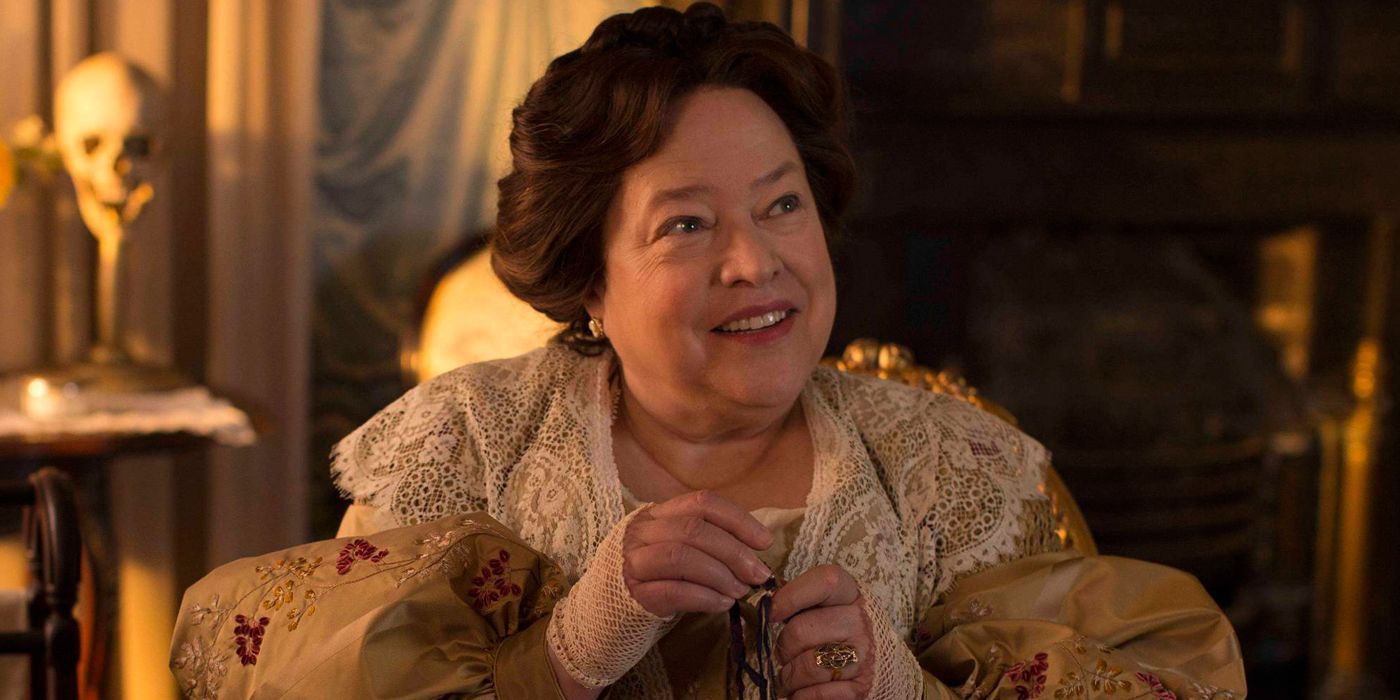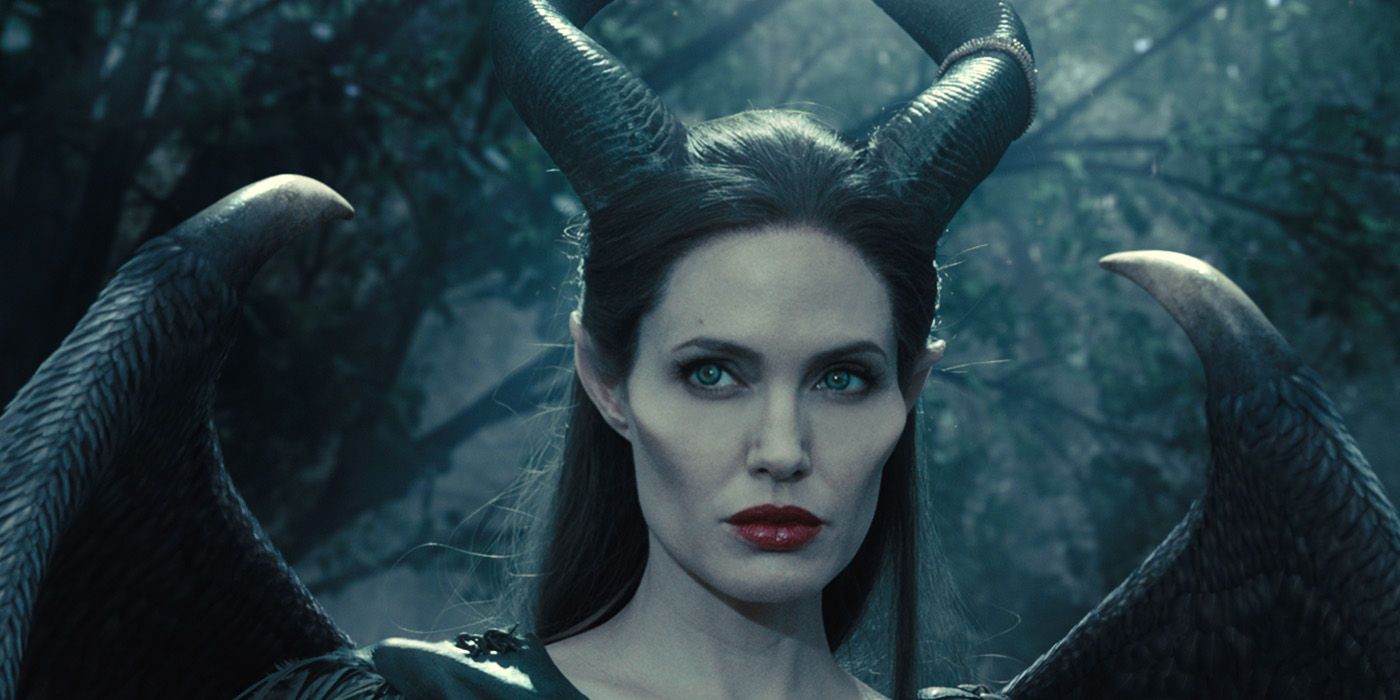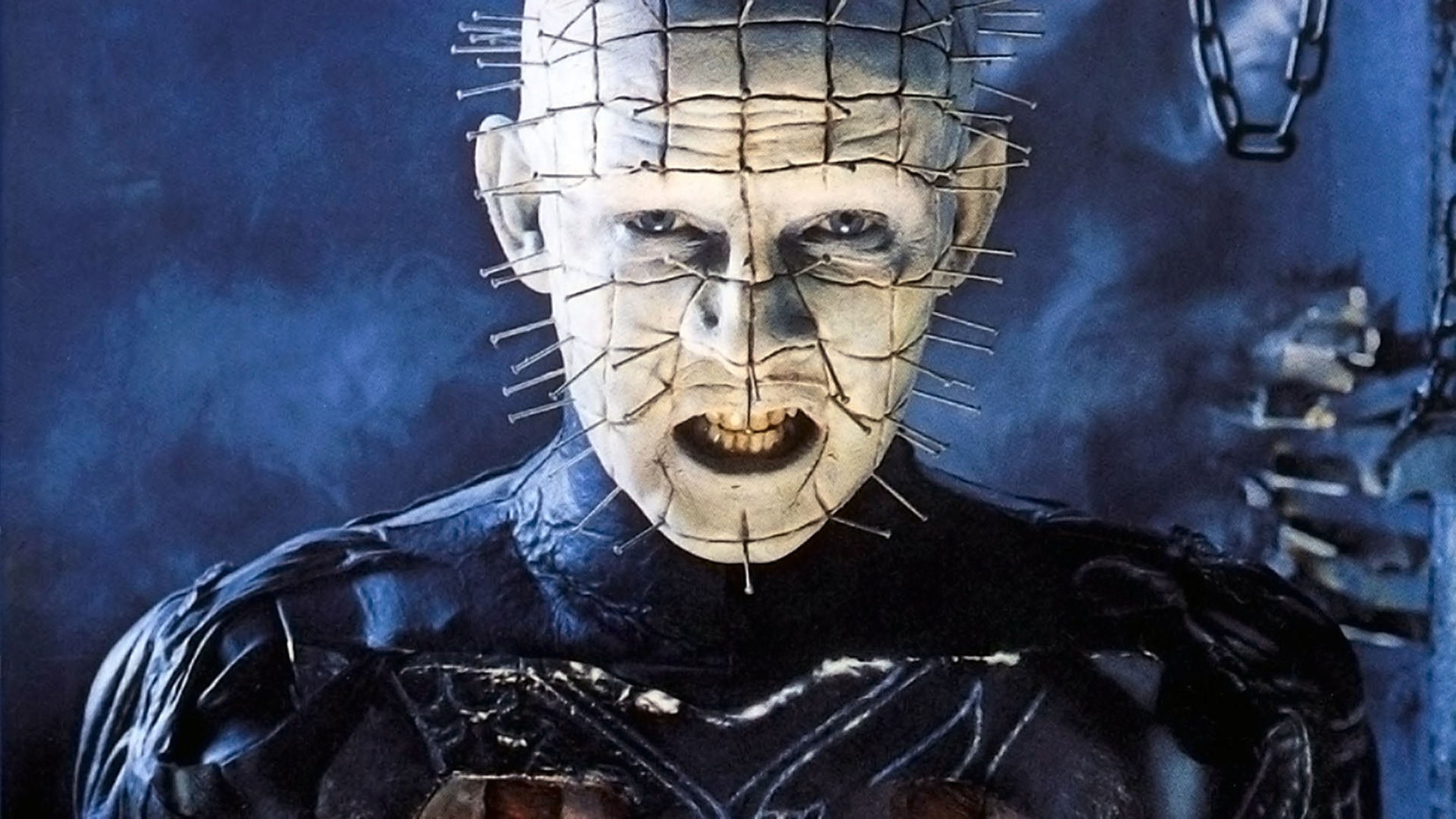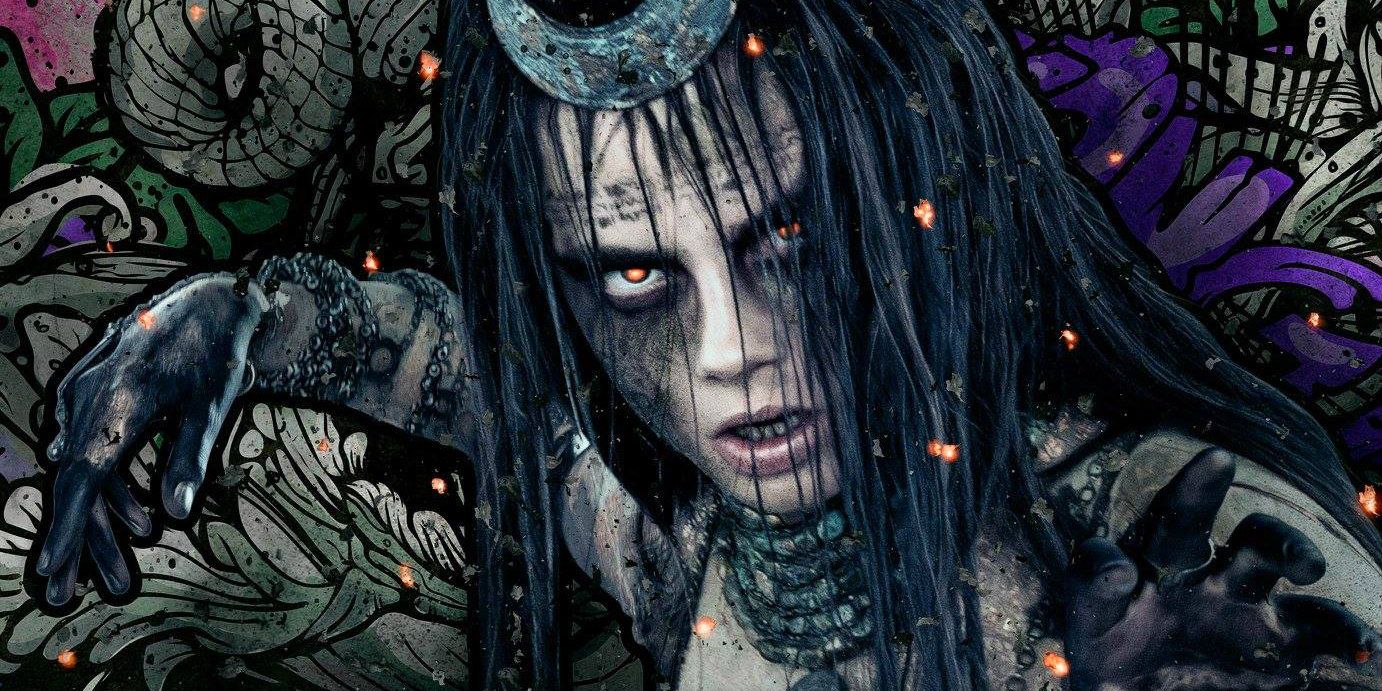All great villains should come with a great backstory. Our favorite villains speak to the darkest parts of ourselves and the world in general, allowing us to delve deep into what makes them so unspeakably evil.
What happens when that delicious darkness is completely and utterly ruined by an underdeveloped backstory? Well, to put it simply, audiences check out.
We simply stop caring about why said villain is hell-bent on making the protagonist of a film or television show suffer. A backstory can either make or break a villain in a way that's entirely different than with a protagonist. Why? Because we need to believe that the subterranean evil in all of us must have good reason to rise to the surface.
Terrible backstories give audiences pause and force them to reconsider what the point of the story is anyway. When a backstory falls short, we've got to suspend our disbelief a little further and make leaps in logic that a great backstory simply wouldn't force us to make.
It's possible to argue that any villain could be ruined by unfortunate backstories. But there are a few that really take the cake. Here are 15 Disturbing Villains Ruined by Their Backstories.
15. Doctor Poison - Wonder Woman
In the comics, Dr. Maru is better known as Doctor Poison, a Nazi spy who helps the Germans and Japanese in chemical warfare during WWII. But in Wonder Woman, she’s a madwoman who’s set on destroying humanity. According to actress Elena Anaya, Dr. Maru self-inflicted her own facial scarring. She’s a sadist at heart and wants to be certain that her chemical warfare inflicts as much human suffering as possible.
Let’s be honest, this isn’t any kind of backstory at all. Wonder Woman gives no grounds for this doctor to be so vile, and yet, there’s a ton of source material that the Wonder Woman crew could have pulled from. Dr. Maru is a great villain, even if she’s not the main one in the film; it’s just too bad she wasn’t crafted with deeper roots.
14. Jason Vorhees - Friday the 13th
As a child, Jason drowned at Camp Crystal Lake, where he was severely bullied and his mother Pamela worked as a cook. After Jason’s death, Pamela goes mad and begins murdering the campers. When she meets her end at the camp, Jason returns from the dead to avenge her death. In his many iterations on film, he goes on murdering spree after murdering spree because he simply can’t escape the eternal nightmare of his death.
There’s clearly a supernatural element here that detracts from the reality-factor of this story. Sure, Jason Voorhees is a fantastical character in his own right, but would he not have been scarier without being resurrected from the dead? What if he just grew up, wanted to get revenge on his childhood bullies, and took them all out at once? This would have saved both his mother and the resources it took to make all those sequels.
13. The Joker
In one of his origins, the Joker began as a dedicated mobster. Jack Napier has his sights set on being the top guy in the Gotham Crime Syndicate. When mob boss Carl Grissom gets hip to Jack’s plan to overthrow him, he arranges for Jack to be killed by GCPD officer, Lt. Max Eckhardt at Axis Chemicals. Jack goes on the run, eventually battling Batman at the plant and falls into a pool of chemical waste. He re-emerges a new man: he’s physically deformed and psychologically damaged. This is the beginning of the Joker as we know him.
Some questions are better left unanswered and before Tim Burton’s version of the Joker, we had questions! Villains should be mysterious, nebulous creatures that we can’t quite put our fingers on. And to give a mobster backstory to one of the greatest villains of all time feels strange and incomplete. The Joker deserves better.
12. Jigsaw - Saw
John Kramer is a man dying from an inoperable brain tumor. After failing a suicide attempt, he decides to turn on everyone else, particularly those who take their lives for granted. In an effort to make them fight for the lives they so frivolously waste, John— or Jigsaw— brutally tortures them. But he’s not alone; he’s got a whole crew of “Jigsaws” working in his name all over the world.
Honestly, it just goes too far. A terminally ill man only has so much time to find his purpose and create his legacy. Is this really the way John Kramer wants to go out? And let’s not forget just how many Saw films there are and how hard they try to make a statement about the interconnectedness of humanity. None of it is particularly necessary which leaves us all feeling a bit flat.
11. Pennywise - It
Pennywise, aka It, sometimes referred to as Robert Gray, is a product of a mysterious void that surrounds the Universe, also known as the Macroverse. Pennywise/It, who is understood to be an evil entity, spent millions of years underground harnessing power and awaiting the dawn of mankind
Although frequently referred to as male, Pennywise/It inhabits the body of a somewhat androgynous clown, allowing the character to both terrorize and remain somewhat innocuous. But why? Why create this elaborate backstory and development when all It is meant to be is a clown?
It really feels as though the "clown monster" was conceptualized first and then author Stephen King developed the otherworldly Eldritch being backstory later. The two just don't match up.
10. Bloody Face - American Horror Story: Asylum
American Horror Story: Asylum's Bloodyface was born Oliver Thredson, a foster child abandoned by his birth mother. After spending his childhood alone in an orphanage, Thredson looks high and low for a woman who might become a suitable mother figure. He kills each one who does not meet his requirements, and comes to be known as Bloody Face.
As an adult, Thredson becomes a skilled psychiatrist and goes on to torment women at Briarcliff Asylum, including Lana Winters with whom he has a child.
It’s pretty misogynistic when you really think about it. Thredson is already a terrible, terrible human being. Do we really have to watch him terrorize women over and over again at work too? Oddly enough, this misogynistic behavior is passed down to his son, who eventually becomes Bloody Face 2.
9. The Governor - The Walking Dead
Pre-apocalypse, The Walking Dead's Philip Blake was a family man with a wife and daughter. Unfortunately, he loses both of his loved ones— one to a car accident and the other to the infection. He never recovers from these deaths and the evil within him comes charging out in the form of The Governor.
Like so many villains before him, The Governor’s image is in shambles after revealing that he was once a decent person with some semblance of humanity. He’s so cunning, manipulative, and remorseless that we don’t want to think of him as having been a family man. It lowers the stakes because we know that somewhere deep down, he’s still that person he used to be.
He never gets any nicer, but there’s still that slim chance that he might make a turn for the better.
8. Hannibal Lecter - The Silence of the Lambs/Hannibal
Hannibal Lecter is a psychiatrist... but he’s also a killer, a cannibal, and an all-around bad dude who’s trying to turn cops into killers. He was orphaned at a young age and came to America from Lithuania, where he defended his aunt’s honor and avenged his uncle’s death by committing murder. But that’s just one of the many backstories out there.
Over the years, there have been so many iterations of this character— in film, on TV, in books— that it’s hard to form a cohesive view of who Hannibal is meant to be. Is he still mourning the death of his parents? Is he still out for revenge? Or is he just plain evil? No one knows and that’s unfortunate because there are clearly layers to this character that a more cohesive narrative would serve really well.
7. Harley Quinn
Before transforming into Harley Quinn, this villain-turned-antihero was formerly known as psychiatrist Harleen Quinzell. Tasked with psychoanalyzing the Joker, she charged forth on her mission with a strong sense of self and a solid moral compass. But the more time she spent with the Joker, the more she fell for him. In the end, she ditched her former life to commit 100% to her new man and transformed into Harley Quinn.
As much as we all love Harley, she's loyal to her own detriment. She operates, for the most part, with one thing in mind: pleasing the Joker. This narrative strips her completely of her autonomy, her sense of agency, and any hope that she'll ever be anything more than a conduit for the Joker’s bad deeds.
6. Piscatella - Orange is the New Black
Before his time at Litchfield, Desi Piscatella worked at a men’s maximum security prison where he fell helplessly in love with an inmate named Wes Driscoll. When the inmates discover the secret relationship between the two, they give Driscoll a severe beating which drives Piscatella to the brink of insanity. As punishment, he handcuffs the instigator of the beating to the shower and scalds him to death with hot water.
Anyone who watches Orange is the New Black knows that Piscatella is pure evil. He tortures and terrorizes the women at Litchfield, and it’s clear he did some of the same at his previous prison. But his backstory makes you feel soft, sympathetic things for him when you really shouldn’t.
Time and time again, we see that Piscatella has zero humanity left. A lost love does not and should not drive a person to this point of no return. No matter his backstory or his level of heartbreak over this incident, his actions at Litchfield and elsewhere are inexcusable.
5. Candyman - Candyman
Once a well-regarded African American painter who lived in Chicago during the Jim Crow Era, Candyman fell in love with a white woman and had a child with her out of wedlock. Upon discovering this information, the woman’s father hires a lynch mob to go after Candyman. The mob beats him, severs his hand, replaces it with a hook, and smears his body with honey. A swarm of bees overtakes his body and he’s stung to death.
This backstory is racist, plain and simple. Not only is the backstory itself racist, but his conjuring in the film is also pretty problematic. When urban legend researcher Helen Lyle summons him, Candyman appears as large, dangerous, and unrelenting—a common stereotype of African American men and a danger from which the white lead in the film must be saved.
4. Delphine LaLaurie - American Horror Story: Coven
A member of 1830s high society in New Orleans, Delphine LaLaurie spent her days hosting elegant parties... and torturing black slaves. Her rival is a Voodoo Queen named Marie Laveau who buries Delphine alive.
By the end of American Horror Story: Coven, we’re supposed to believe that Delphine has seen the error of her old ways. With the help of Queenie, played by Gabourey Sidibe, Delphine is made to watch footage of the Civil Rights Movement and the violent abuse African Americans have been subjected to over time. This “awakens” Delphine from her centuries’ old slumber and she cries her guilt and sins away.
But is this really how it would go? The woman spent more than a century harboring racist views six-feet-under. She deserves no one’s sympathy for wasting all that time brooding over her “racial superiority.”
3. Maleficent - Maleficent
Once a young, innocent and vulnerable fairy, Maleficent falls in love with a young man who gives her ‘true love’s kiss’ at sixteen. The young man fades from her life only to return years later to strip Maleficent of her beloved and powerful wings. This betrayal sends her on a downward spiral into darkness, hellfire, and revenge.
Maleficent's backstory makes her evil indeeds into a revenge tale - thereby making her wholly unoriginal. While the audience really does feel for Maleficent and the violation she's subjected to at the hands of her one true love, it would be great if Hollywood could give women motives that aren't driven by men and lost love.
In this case, it sort of cheapens Maleficent and her evil deeds to have a man be the sole reason for her anger. The only redeeming thing about this version of Maleficent is that she, at least, reclaims some semblance of genuine goodness and power.
2. Pinhead - Hellraiser
Before transforming into Hellraiser's Pinhead, Elliot Spencer was a captain in the British Expeditionary Force during WWI. He suffered from severe PTSD and became disenchanted with humanity, prompting him to wander far and wide for a greater purpose. He discovers the Lament Configuration, opens it, and transforms into Pinhead, a Cenobite with no memory and a voracious sexual appetite.
Pinhead was great when he was merely a dark, all-consuming entity. Did we really have to give him a sad, traumatic, disheartening backstory too? He’s a villain of mystery, one that strikes fear immediately because we don’t know who or what he is. Once we do know, something about his character seems weakened somehow.
Sometimes a little mystery and suspense can go a long way. This was one of those times.
1. Enchantress - Suicide Squad
Archaeologist June Moon scales exotic lands in search of forgotten history and hidden gems. While exploring an ancient burial site, she happens upon a statue, opens it, and is possessed by the dark entity within. Thus, Enchantress is unleashed and is thought to be controlled by her heart which is left to rest at the burial site. At some point, her all-powerful brother Incubus enters the picture and prompts Enchantress to go rogue.
This back story is convoluted, confusing, and totally rushed. Suicide Squad spends just a few minutes whisking us through this story and it’s nearly impossible to grasp amidst all the other action in the film. Not to mention, it sells the character short. So, while there’s potential in Enchantress, the film could have done a better job of structuring and presenting her story.
---
Are there other villains who would be better off without their backstories? Sound off in the comments!

